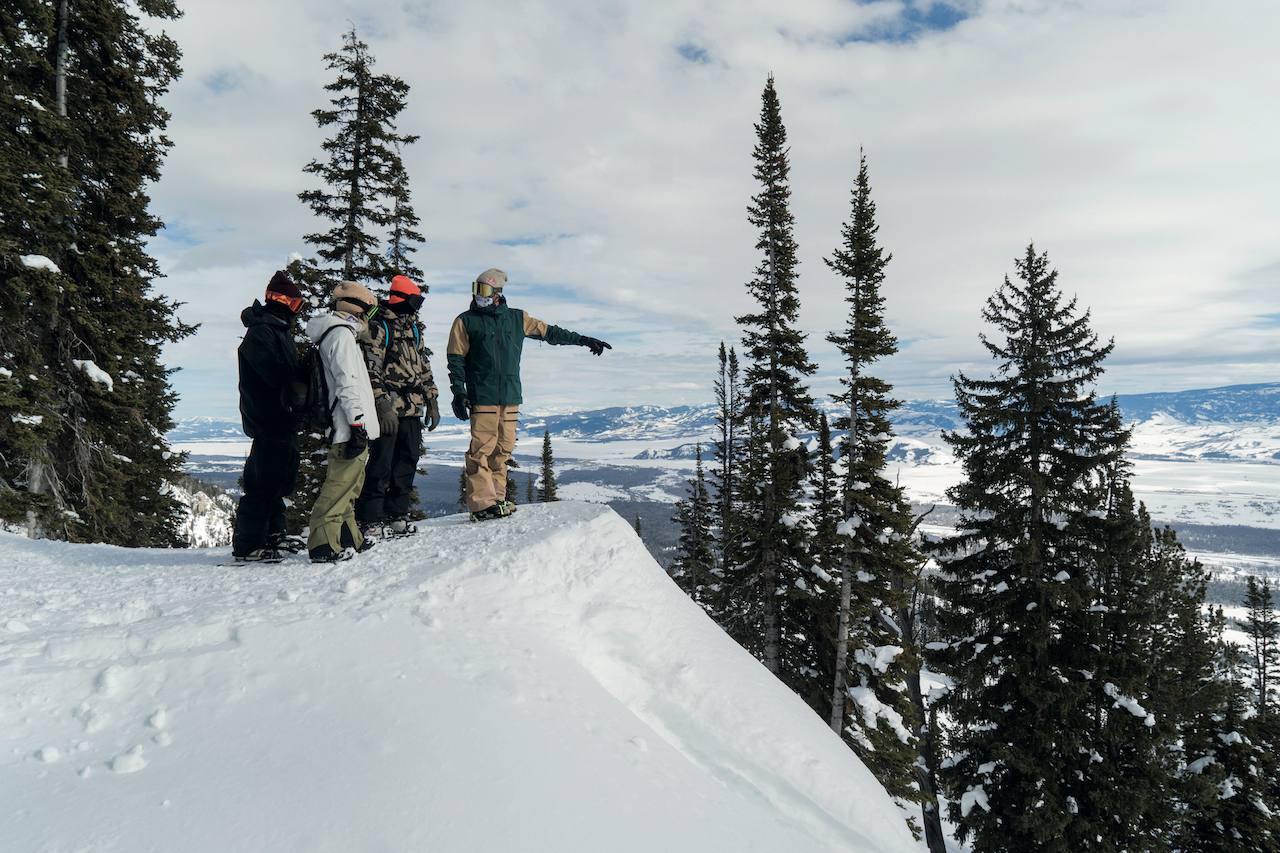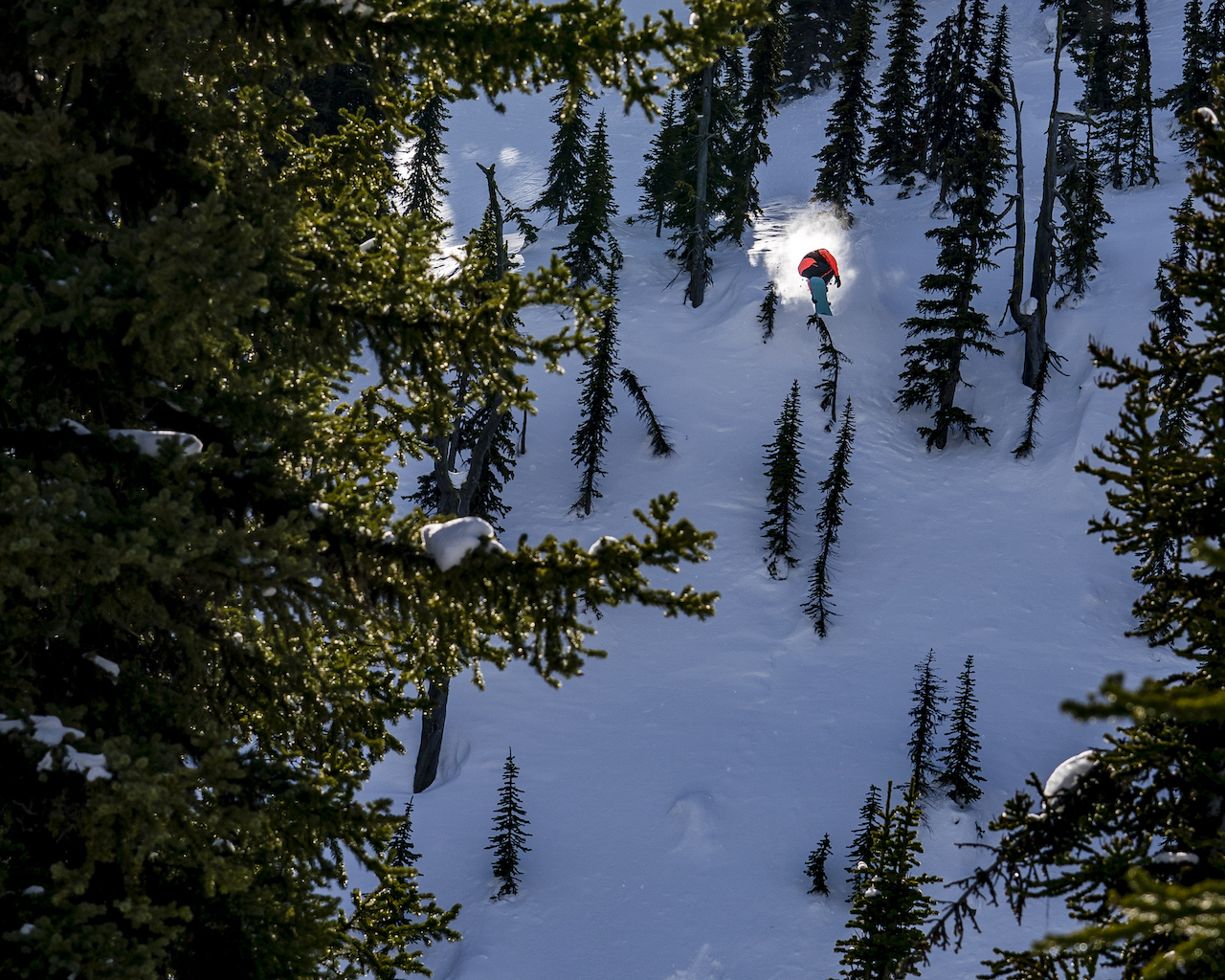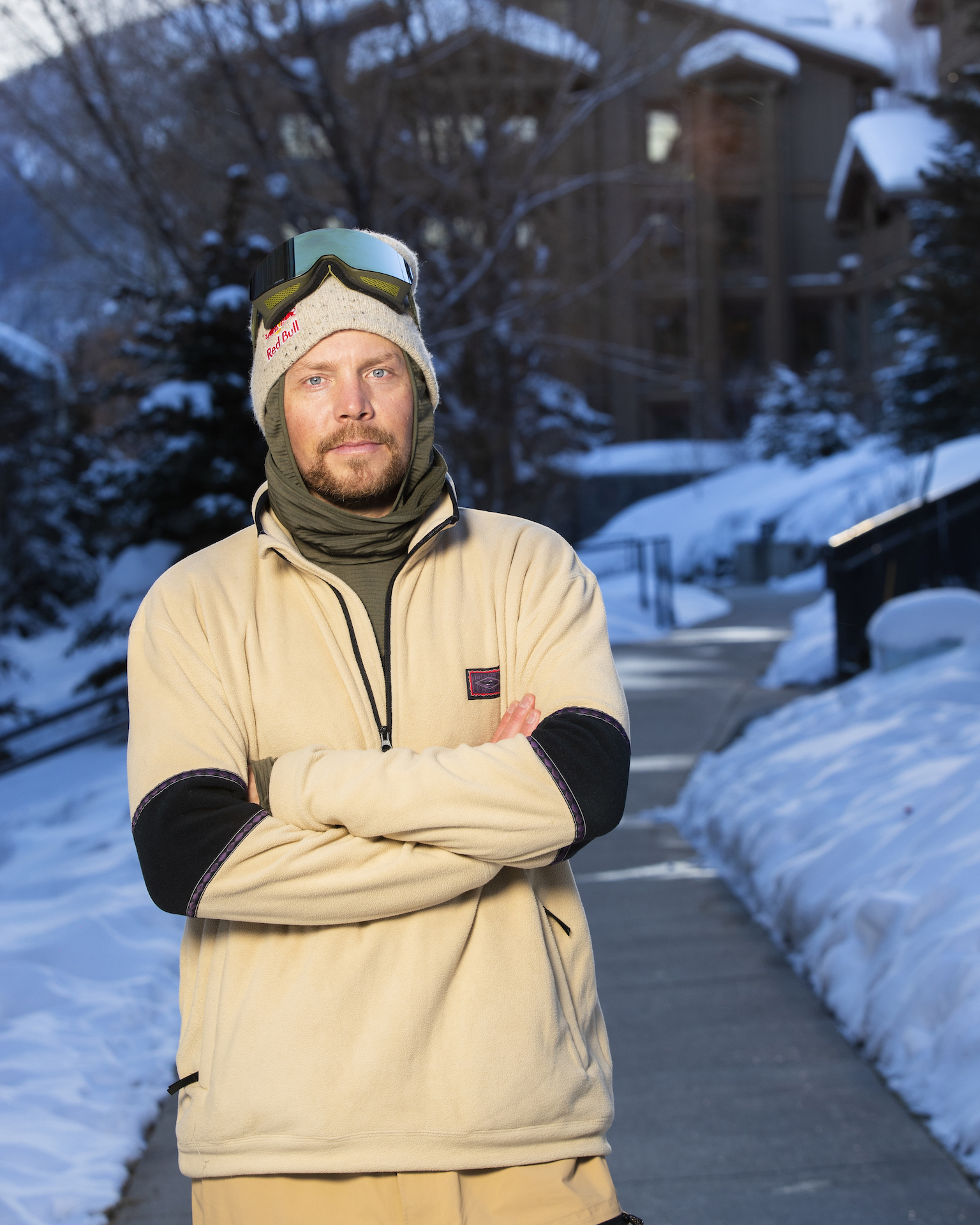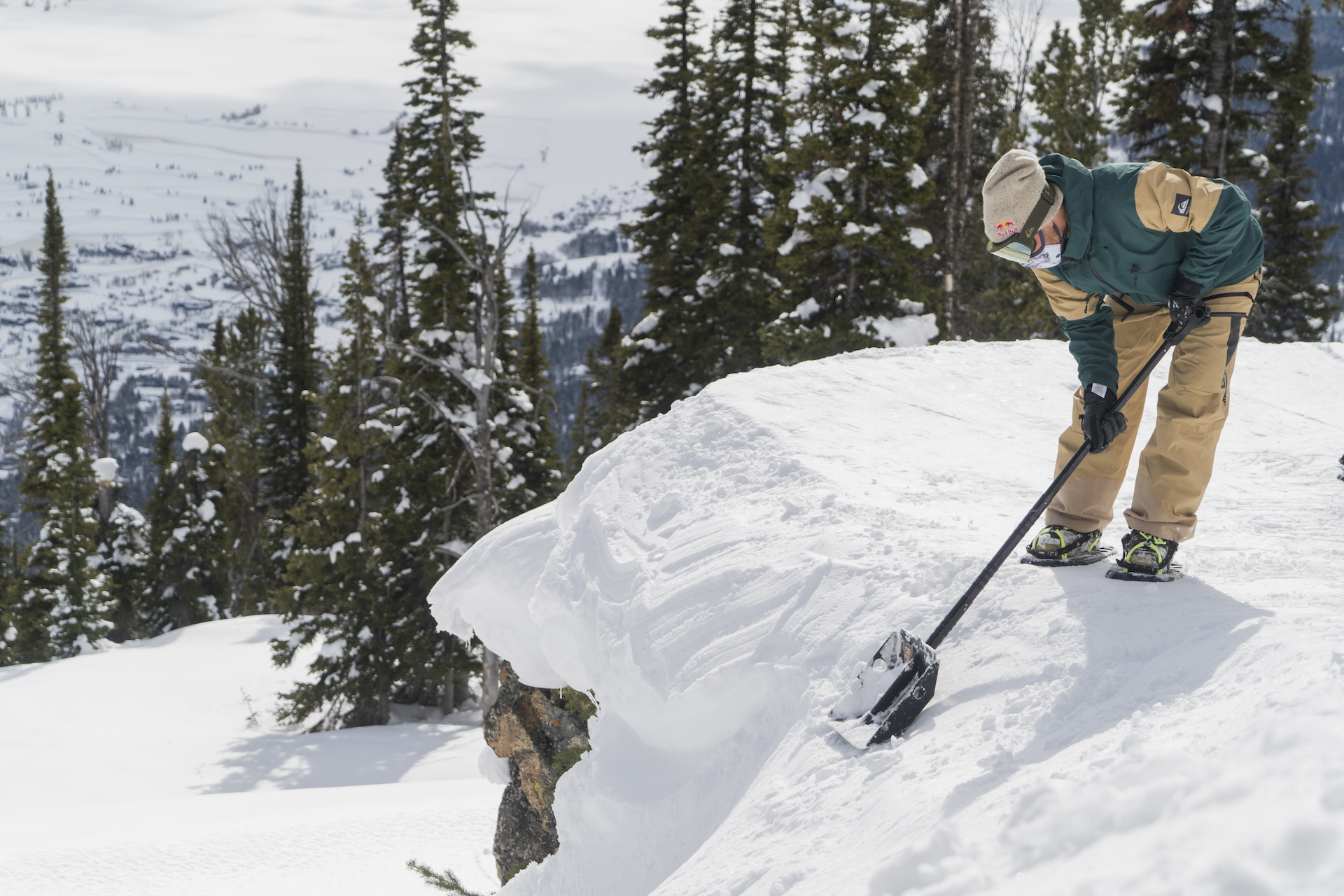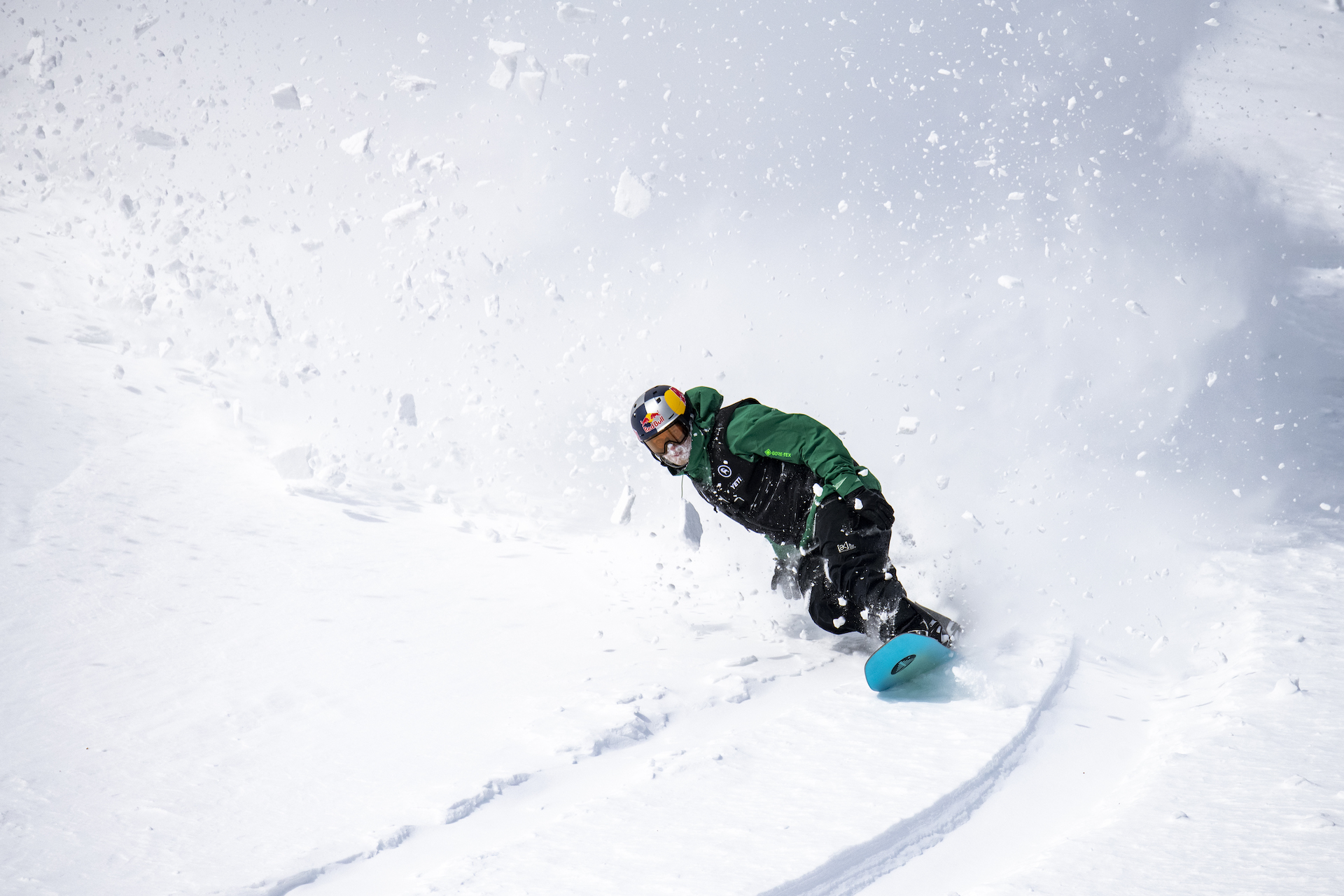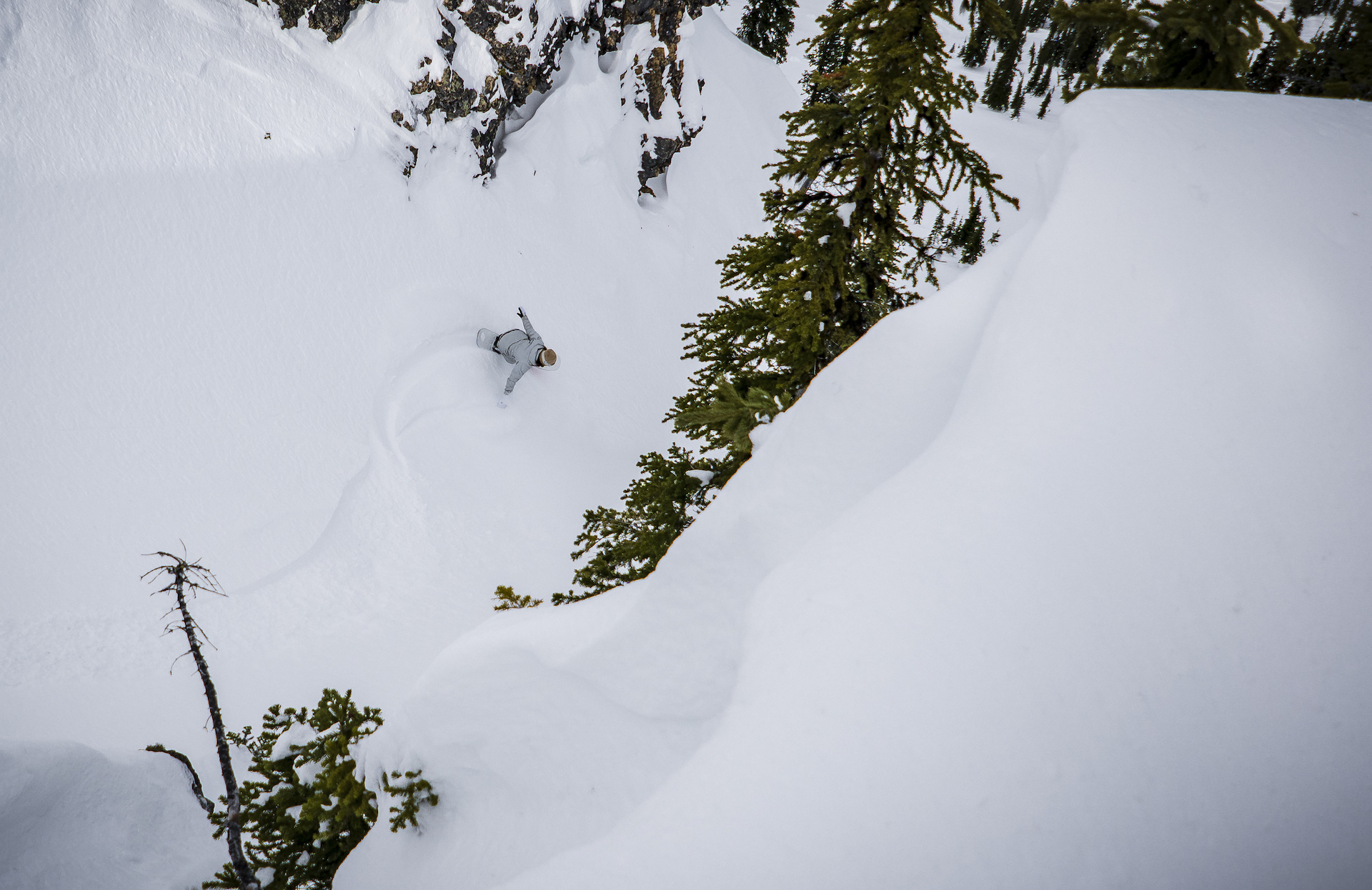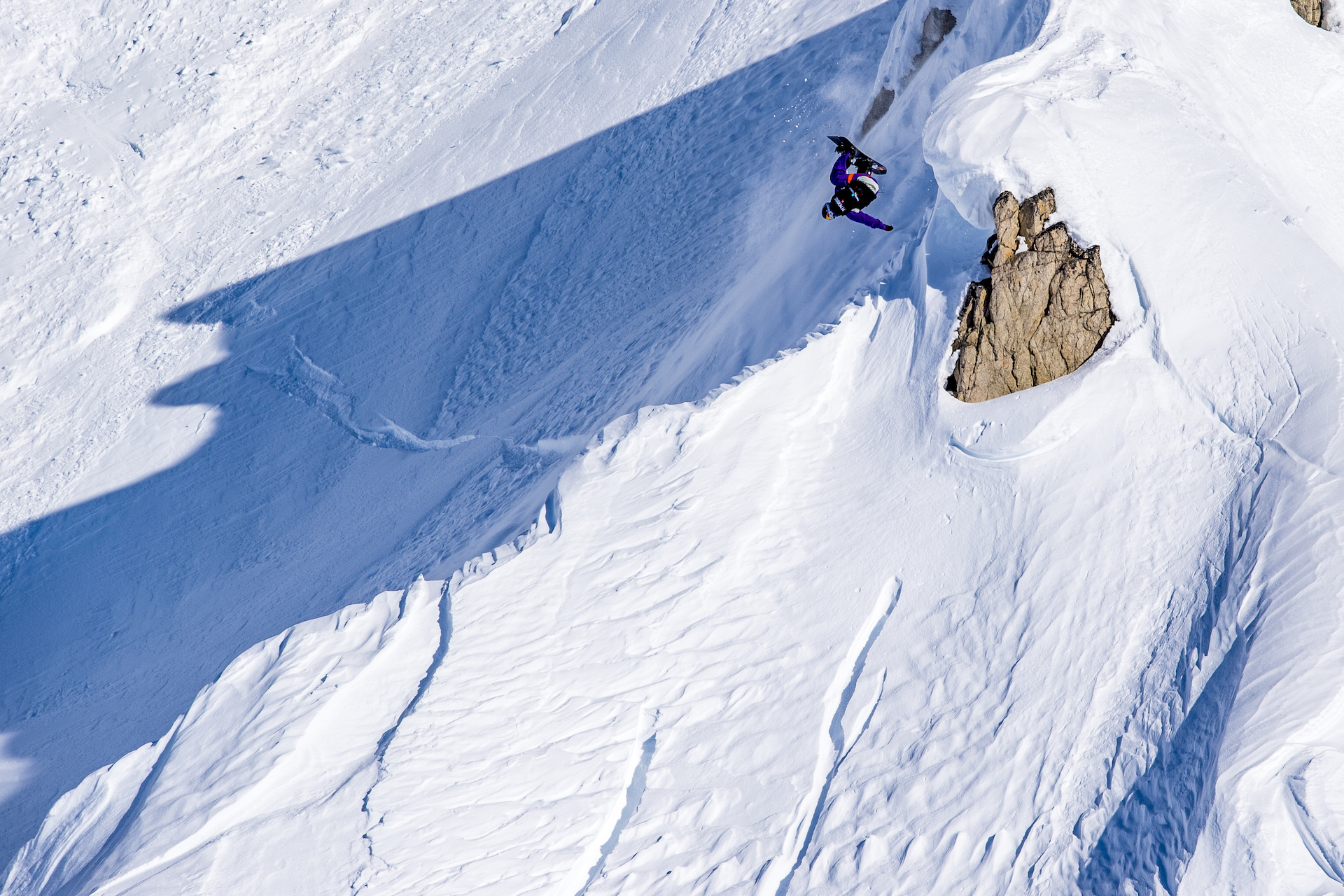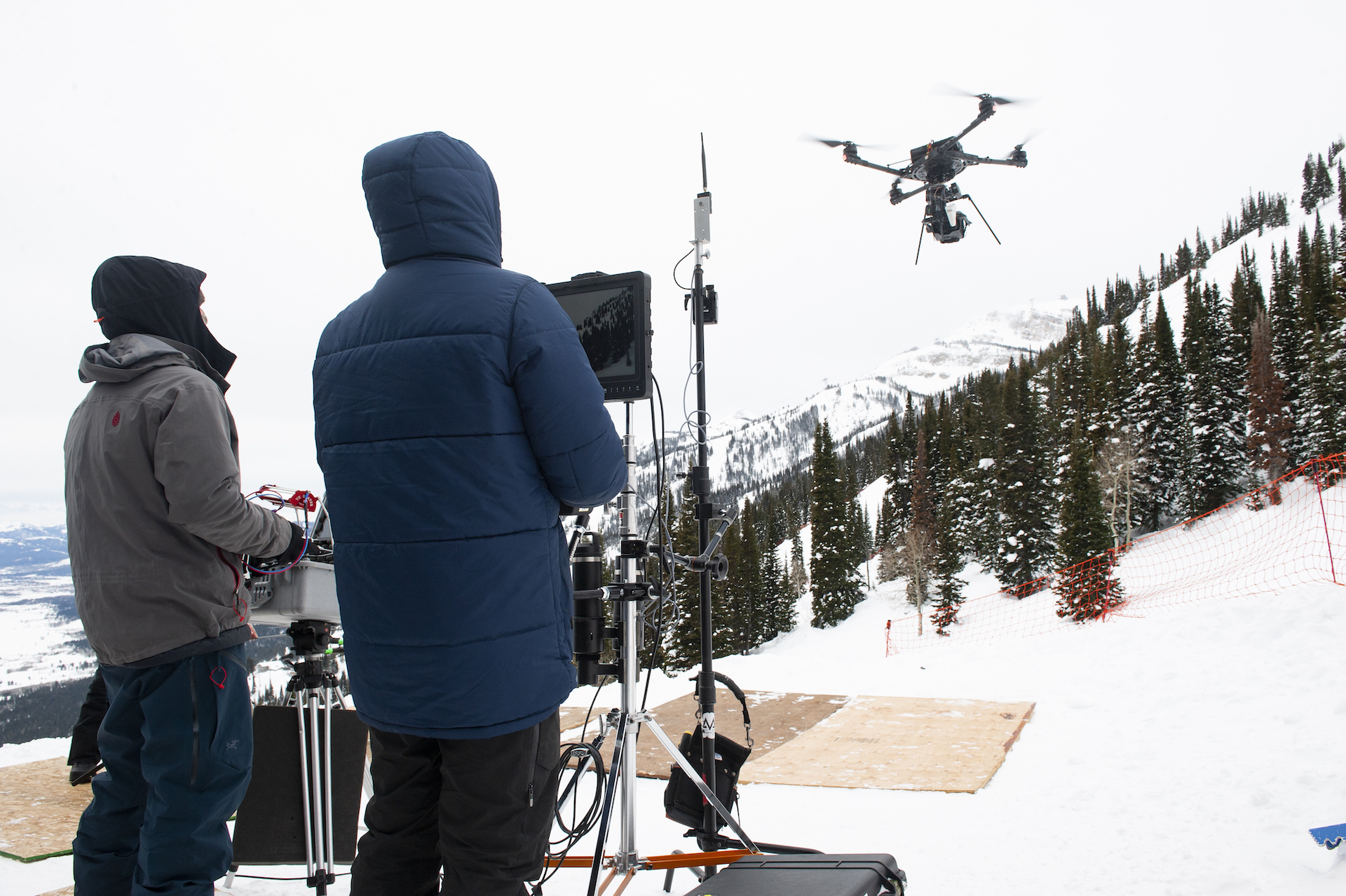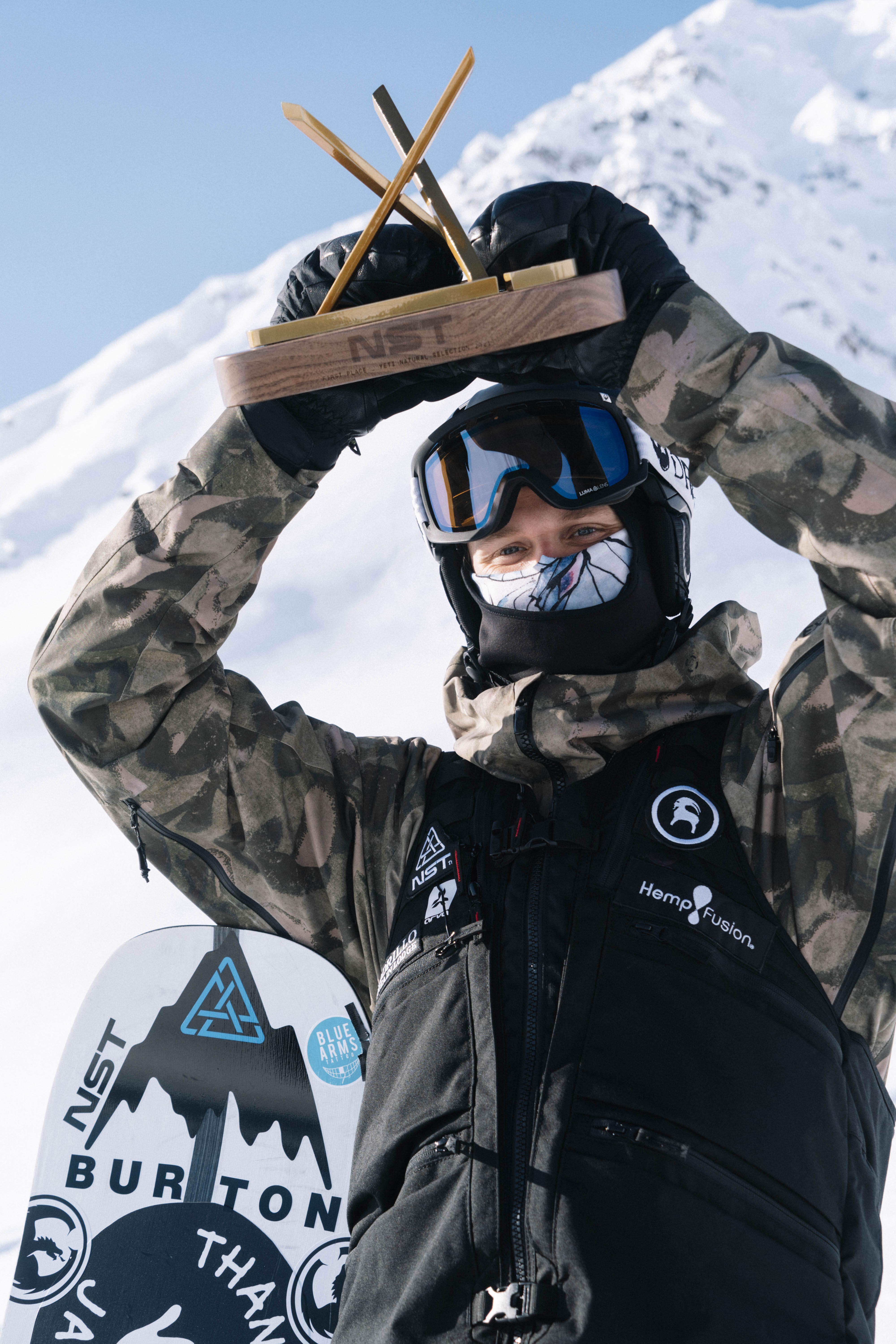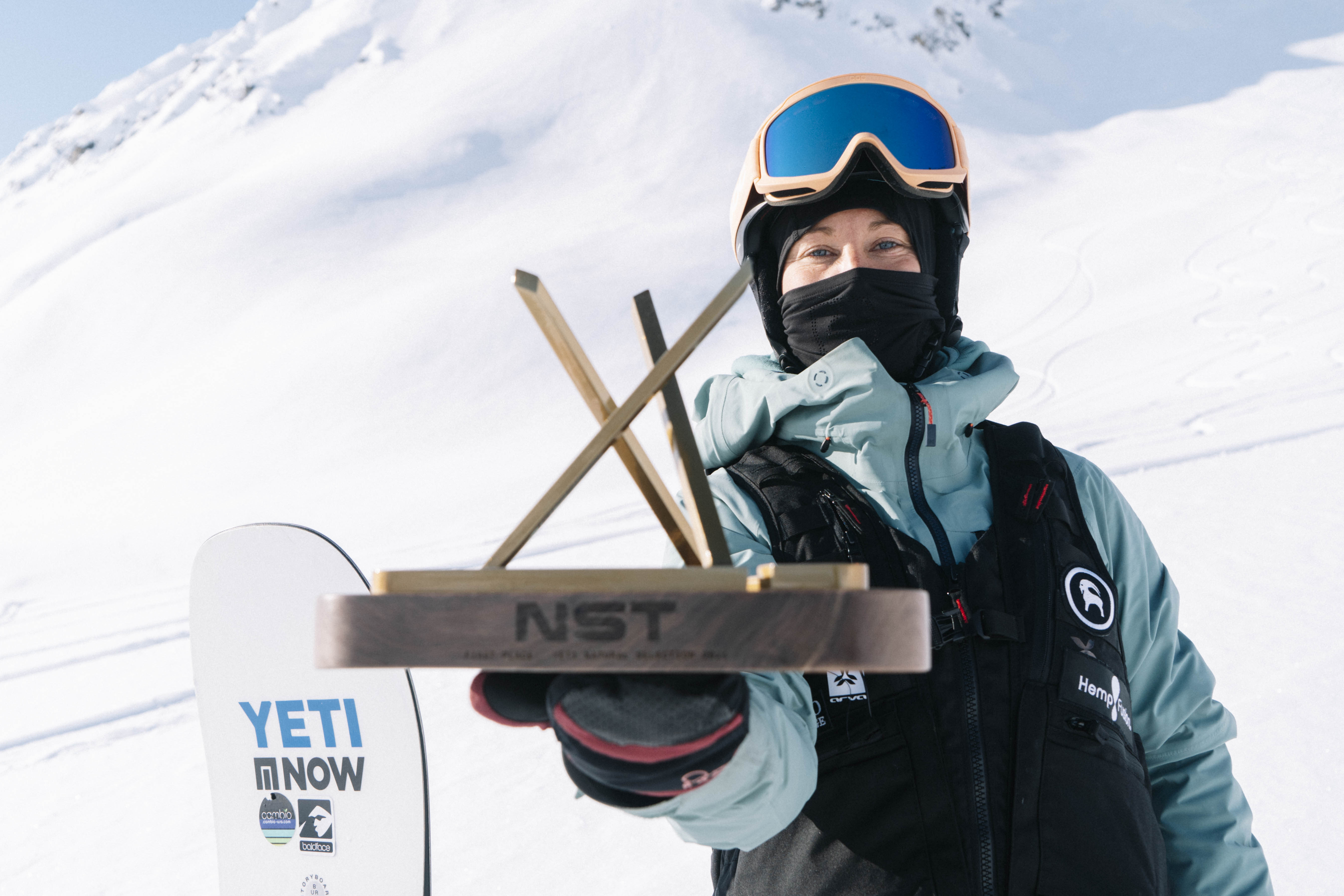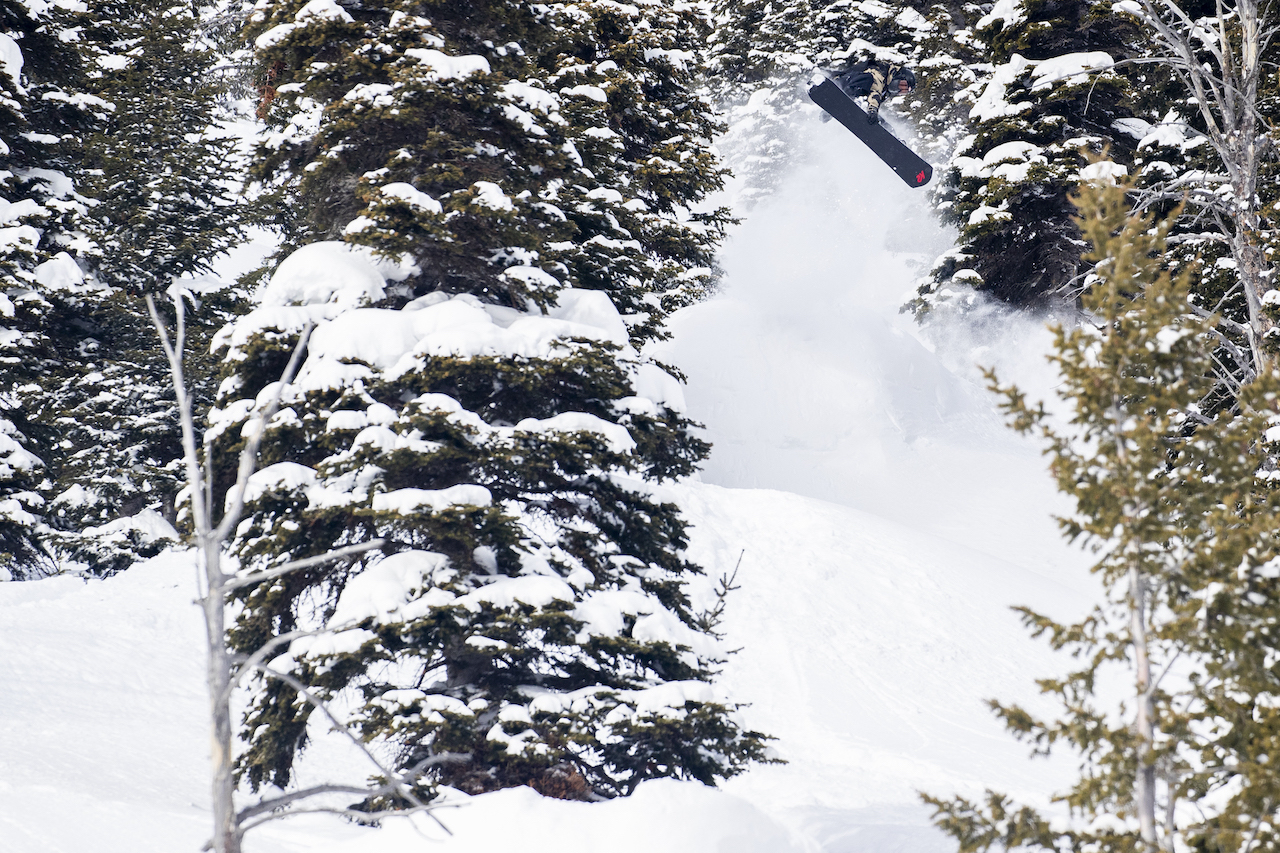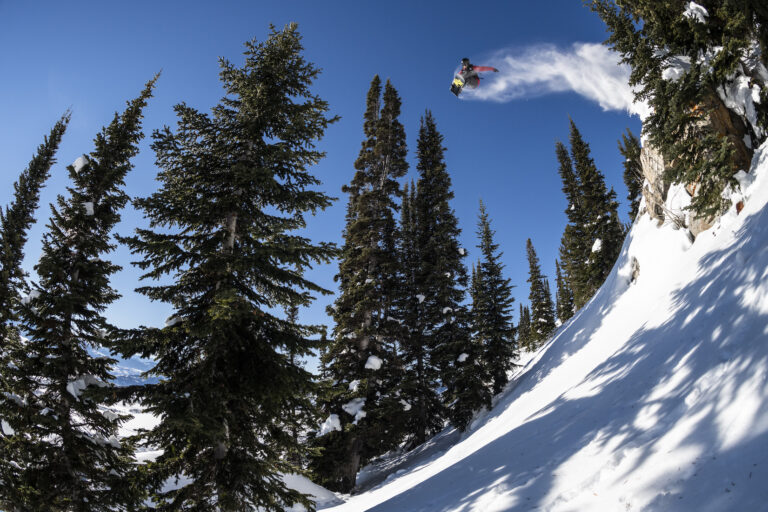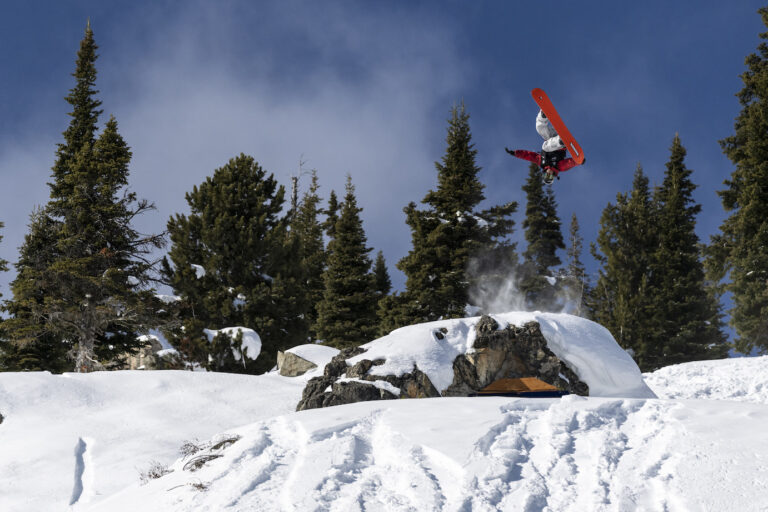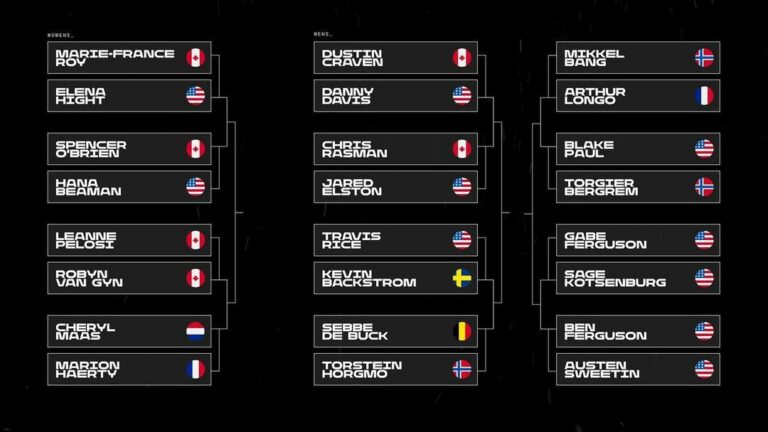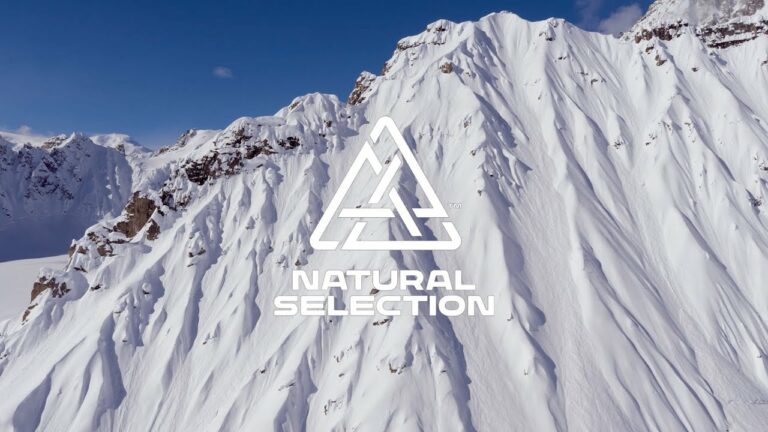Above: Mark Sollors threads the needles at Baldface, BC. Photo: Chad Chomlack / Red Bull.
This article first featured in the Whitelines Annual, Issue 122. Pick up your copy here.
Bye-bye Beijing
Host nation China and the IOC are billing the Beijing 2022 Olympic big air venue as an environmental triumph – and the perfect setting for a snowboard competition. Yeah, right.
“Key to the competition’s success was a completely reimagined competitive format that borrows heavily from surfing”
Built on the site of an abandoned steel plant, Shougang Park is now home to the world’s first permanent big air structure (as opposed to traditional scaffolding setups). But new construction, especially on this scale, is hardly eco-friendly – even if the organisers claim to be regenerating the landscape. And while the backdrop of rust, smog and looming cooling towers might suit a stark urban shoot, the overall aesthetic is post-apocalyptic. Snowboarding is meant to be fun, remember. Few, if any, will watch the ultra-talented big air competitors approach 2000 degrees of rotation above Shougang’s oxidized hellscape and say to themselves, “Damn, that looks fun. I’ve got to take a snowboard trip to Beijing.”
In sharp contrast to that Mad Max-meets-Max Parrot industrial installation is the Natural Selection Tour. Natural Selection aims the spotlight on some of the planet’s best natural terrain and rewards pure, stylish backcountry freestyle over dizzying, spin-to-win gymnastics. After a mid-COVID, trial-by-fire debut last year that included stops in Jackson Hole, British Columbia, and Alaska, the tour is steamrolling into its second season. And with the first two events bookending the Beijing Olympics (Jackson Hole actually clashes with X Games) the disparity between elite level powder riding and established, mainstream snowboard contests will be on full display.
